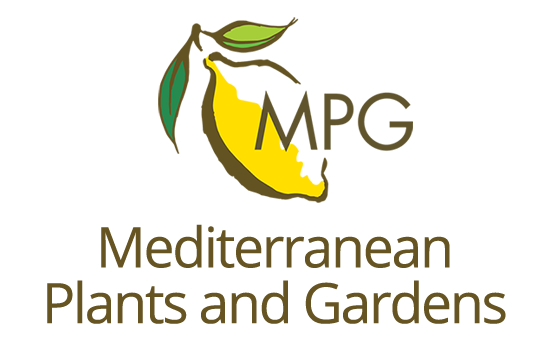Day 13 – Tuesday 26 August
Cape Peninsula
Our last full day would be one of popular tourist spots, botanising and amazing scenery of this part of the Cape Fold Belt Mountains. Comprising of sandstone, granite and shale, this mountain belt is the weathered remnants of a once mighty mountain chain which was formed between 280 and 235 million years ago when colliding continents caused the 7km thick sandstone rocks to be folded, compressed, crumpled up and lifted.
First stop was the wetland reserve and RAMSAR site at False Bay Nature Reserve. Signs advised to keep to the paths because hippos live in the area. Frank said they are rarely seen, instead we saw waterfowl and skinks warming themselves in the morning sun.

Metalasia densa

Aponogeton distachyos
We took the coast road, stopping to look over False Bay and the beach at Muizenberg and picking up a picnic in the fashionable fishing village of Kalk Bay. Driving along we briefly glimpsed the fins of southern right whales, which are common in the bay between June and November. The hillside beside us had plants burnt in recent fires, but there was lots of new green growth emerging from the ground. Frank explained that Fynbos is a fire-dependent vegetation that needs to burn around every 15 years and no more than 20-30 years, to stimulate new growth and prevent plants becoming senescent. The natural cycle has been disturbed because fires near human settlements are extinguished. Other areas experience fire too frequently due to human activity, before Fynbos plants have reached seed-bearing age, potentially leading to more fire-prone grass species growing.
After the remoteness of most of our trip, it felt rather unfamiliar being back amongst crowds as we visited the Boulders Penguin Colony, a protected area near Simon’s Town. White sandy coves are sheltered by large granite boulders and visitors can take the boardwalks to see the colony of the critically endangered African penguins.

Looking across False Bay and Muizenberg beach

African penguins (Spheniscus demersus)
We spent the rest of the day in the southerly Cape Point section of Table Mountain National Park. Fynbos is the main vegetation type in the park, growing on sandstone and granite. It is an ancient flora that has developed over millions of years and has a high level of endemism. Fynbos consists of four major plant groups. Proteas are large shrubs with broad leaves, Ericas are heath-like, low growing shrubs and Restios are reed-like plants. Geophytes are perennial plants that survive unfavourable conditions by locating buds in underground storage organs, such as bulbs, corms, rhizomes, or tubers, which also store energy and water. There are also a few areas of Renosterveld on exposed areas of the Malmesbury shales and tiny pockets of Afromontane forest and wetlands.
We started botanising along a quiet road, where the only sound above the bracing wind was the clicking of moss frogs, which live and lay eggs in moist, shrubby vegetation.

Mimetes fimbrifolius

Erica plukenetii

Leucadendron laureolum

Fynbos vegetation, Table Mountain National Park

Disperis capensis

Serruria villosa

Protea repens

Leucospermum hypophyllocarpodendron
We stopped for lunch and to explore around Oliphantsbos beach on the Atlantic coast, a nature area and marine sanctuary. The soil here was almost pure sand and plants were succulent and low growing.

Euphorbia caput-medusae in flower

Cotyledon orbiculata

Agathosma serpyllacea
By popular demand we spent the rest of the afternoon visiting the sights – the funicular to Cape Point and its lighthouse and the obligatory photo at the Cape of Good Hope, the most south-westerly point of the African continent. Frank took the western coast road along the Atlantic shore, timing it perfectly to watch the sunset from the stunning Chapman’s Peak drive, a 9 km toll road that has been cut into the cliff face between Hout Bay and Noordhoek.

Cape Point

Cape of Good Hope

Ostrich (Struthio camelus)

Chapmans Peak drive

